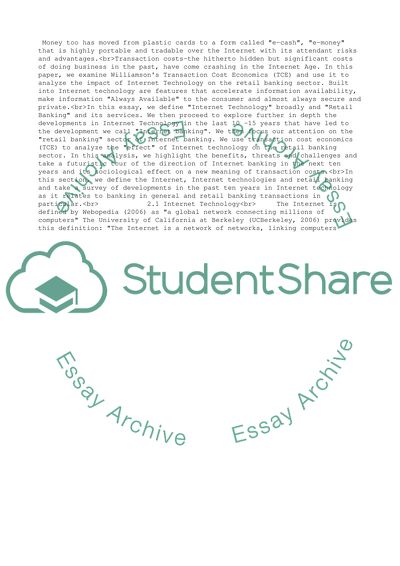Cite this document
(“The Effect of Internet Technology on the Retail Banking Sector Assignment”, n.d.)
The Effect of Internet Technology on the Retail Banking Sector Assignment. Retrieved from https://studentshare.org/business/1512613-the-effect-of-internet-technology-on-the-retail-banking-sector
The Effect of Internet Technology on the Retail Banking Sector Assignment. Retrieved from https://studentshare.org/business/1512613-the-effect-of-internet-technology-on-the-retail-banking-sector
(The Effect of Internet Technology on the Retail Banking Sector Assignment)
The Effect of Internet Technology on the Retail Banking Sector Assignment. https://studentshare.org/business/1512613-the-effect-of-internet-technology-on-the-retail-banking-sector.
The Effect of Internet Technology on the Retail Banking Sector Assignment. https://studentshare.org/business/1512613-the-effect-of-internet-technology-on-the-retail-banking-sector.
“The Effect of Internet Technology on the Retail Banking Sector Assignment”, n.d. https://studentshare.org/business/1512613-the-effect-of-internet-technology-on-the-retail-banking-sector.


